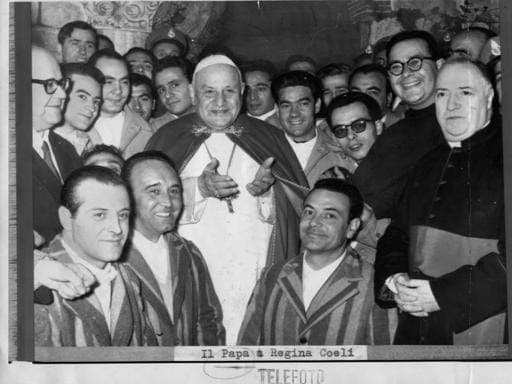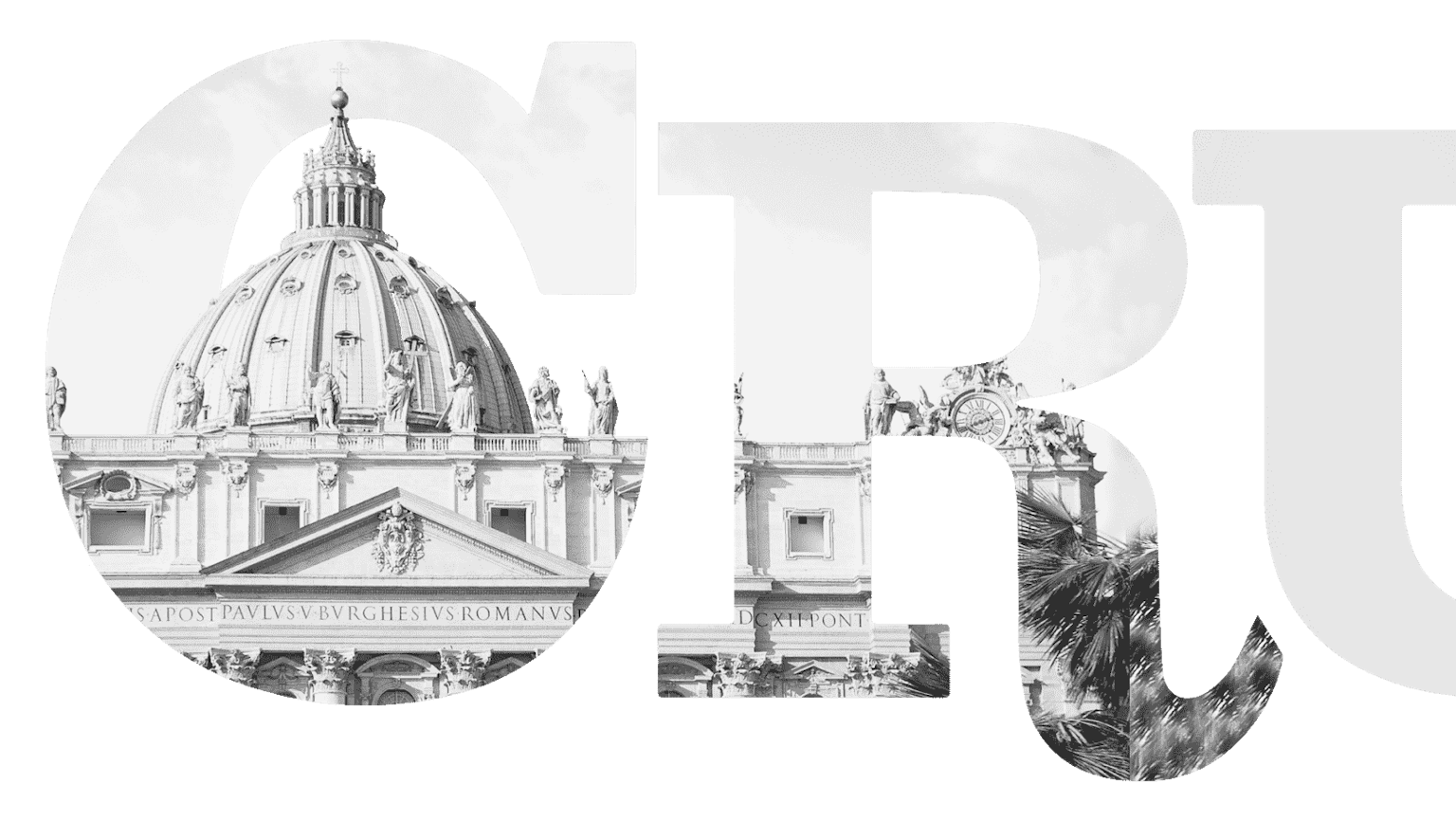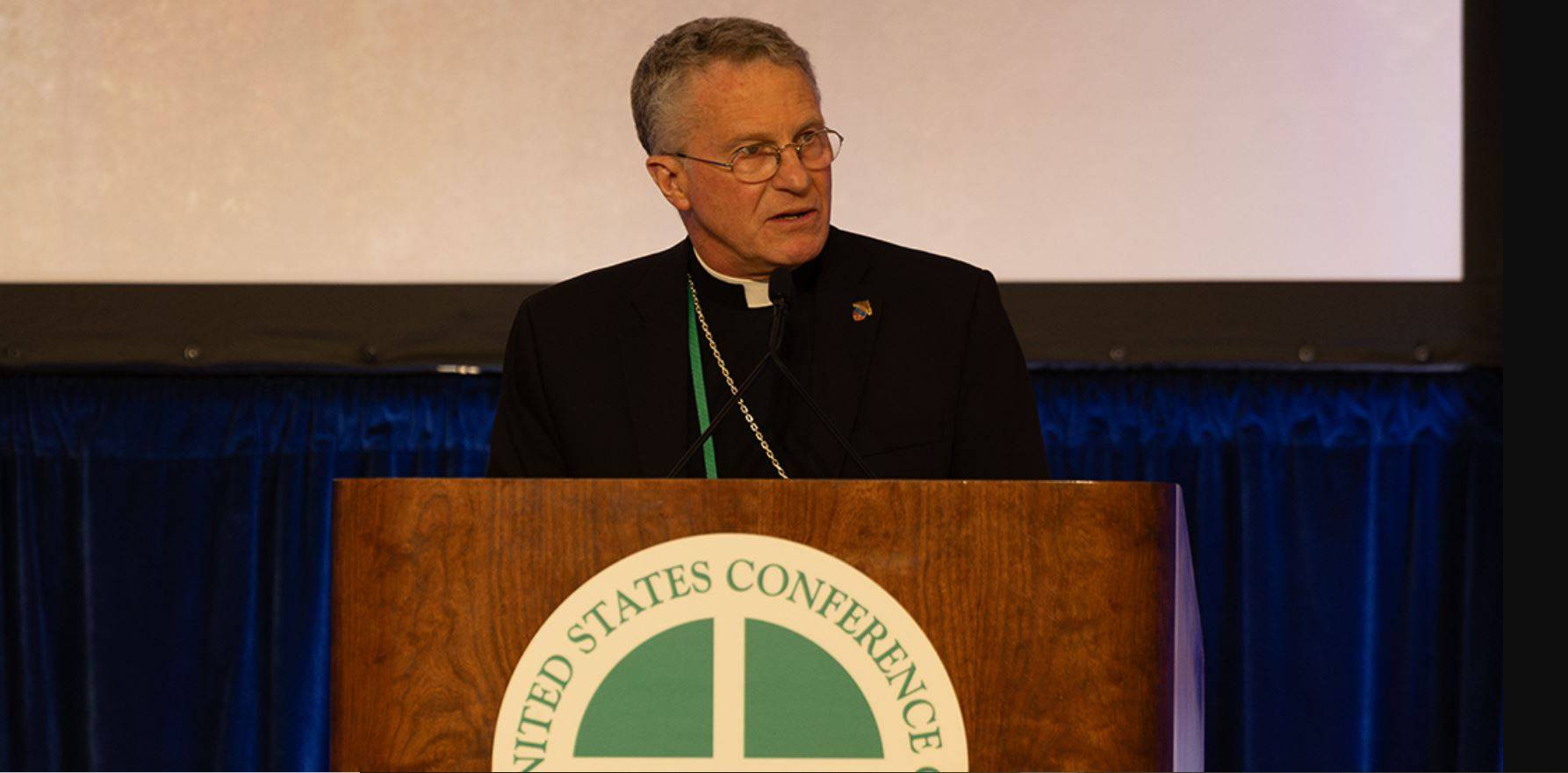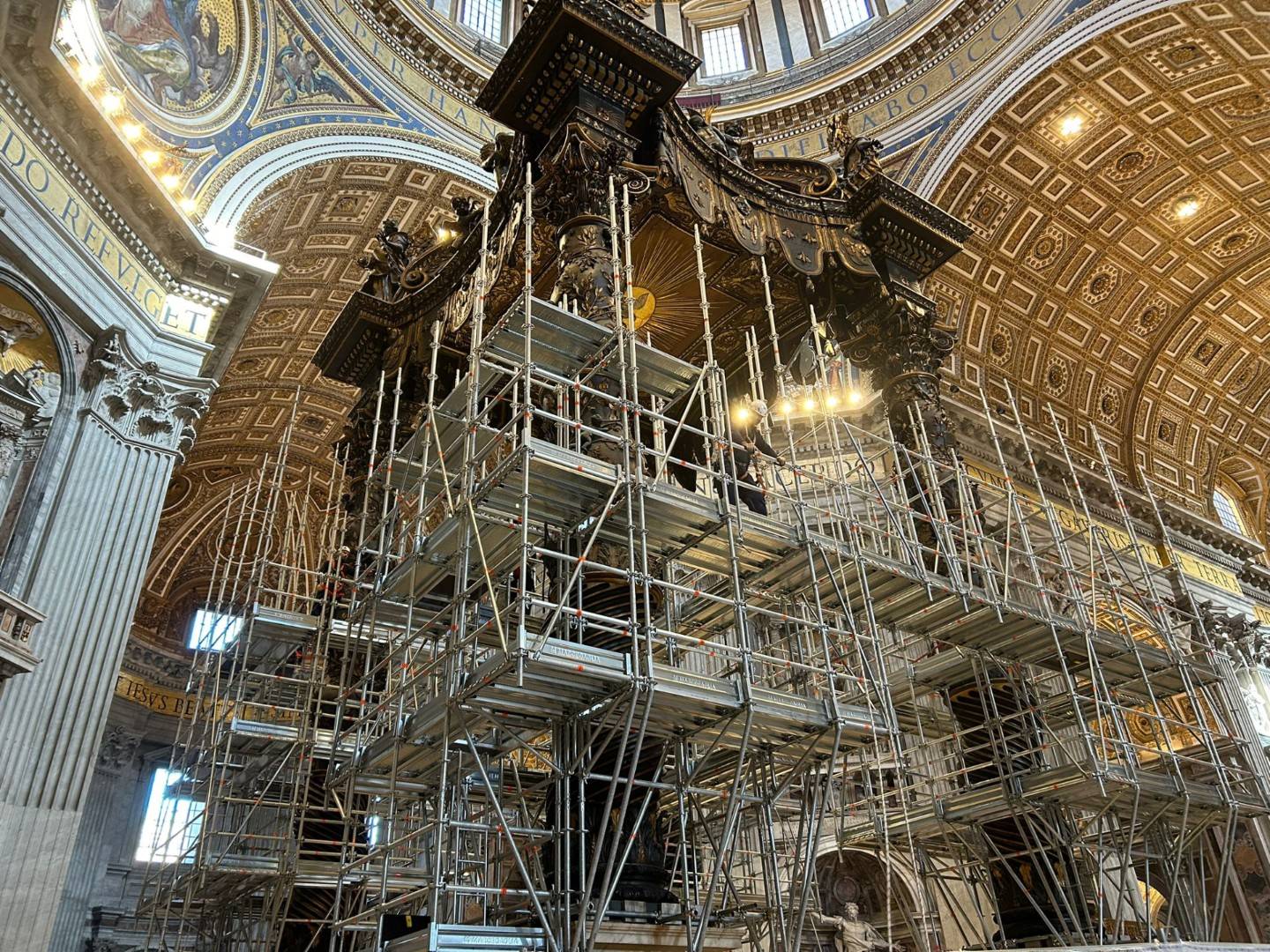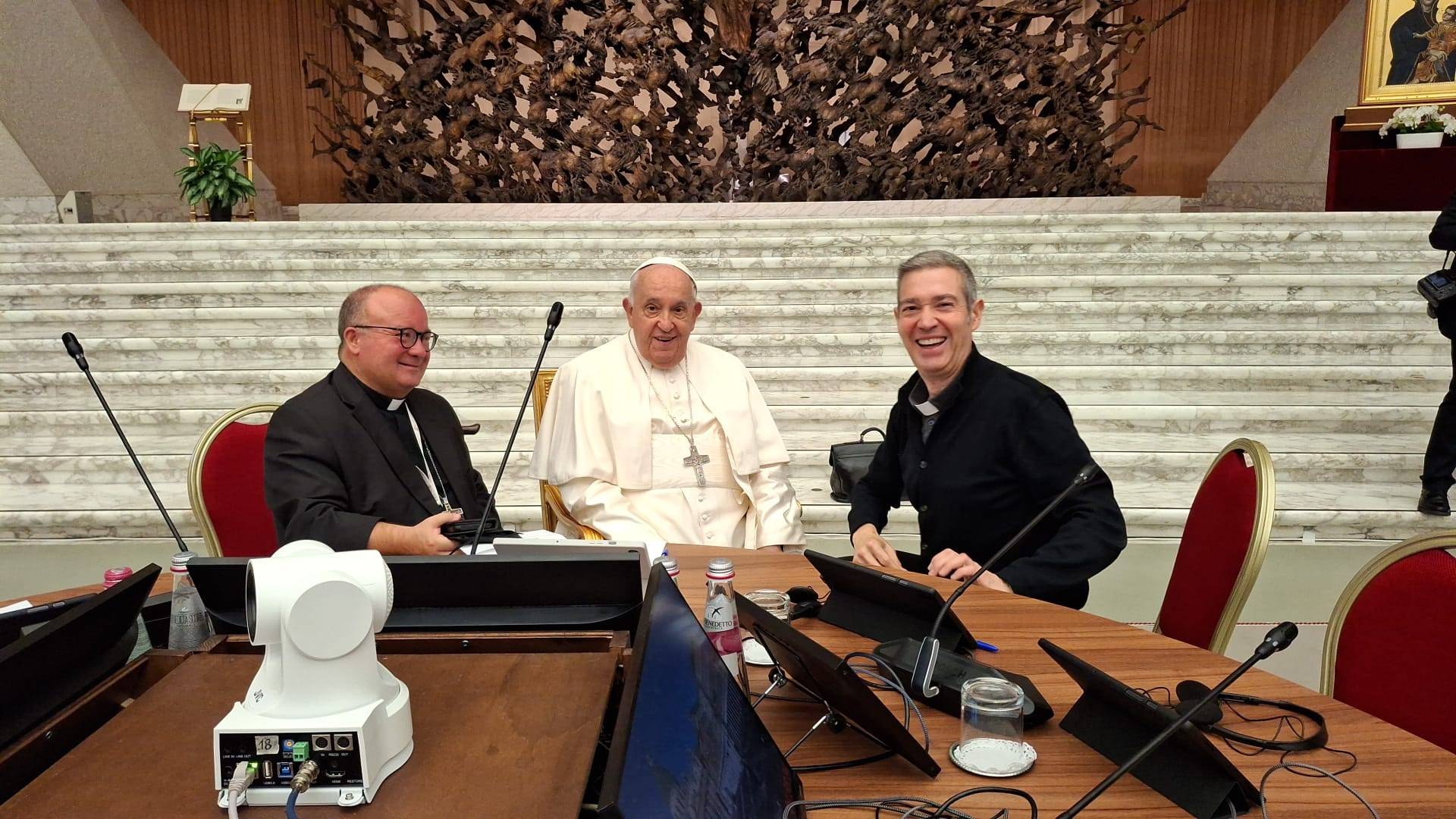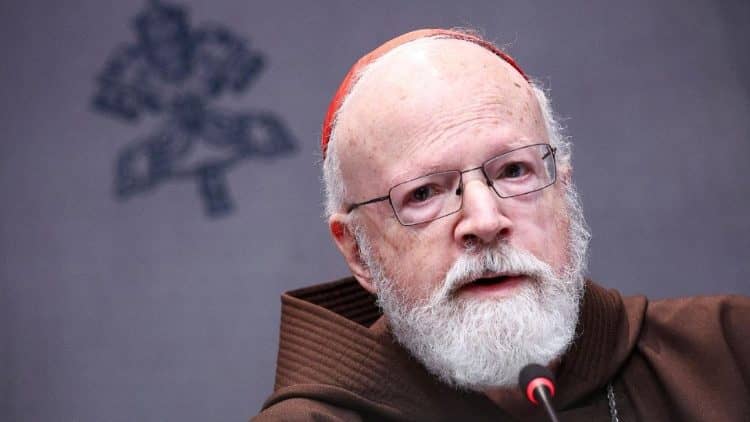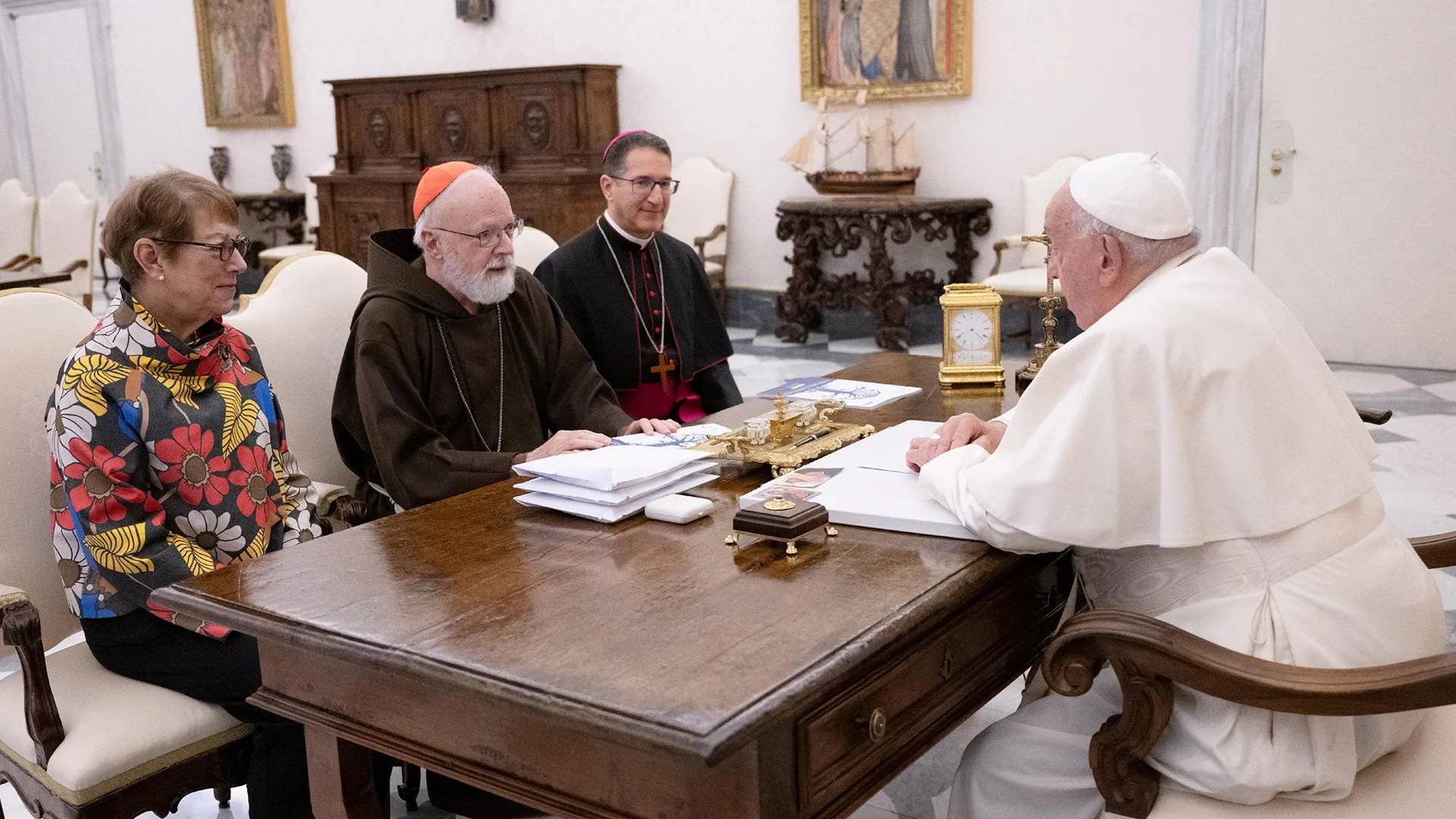ROME – When Pope Francis visits Rome’s Rebibbia prison on Dec. 26 to open a holy door as part of the official kick-off to the jubilee year, it will mark his third visit to Italy’s largest prison, with a capacity of more than 2,000 inmates, and the fifth by all last three popes combined.
Francis had already announced his intention to visit a prison as part of the opening acts of the jubilee in Spes non confundit, the papal bull calling the year which was issued last May. In point 10, the pope called for dignified conditions for those behind bars, who, he said, “experience every day, beyond the hardships of reclusion, an emotional void, and, in not just a few cases, an absence of respect.”
“To offer inmates a concrete sign of closeness, I myself desire to open a holy door in a prison, so it may be a symbol that invites them to look to the future with hope and a renewed commitment of life.”
The Vatican confirmed Monday that Francis will carry out this visit at Rebibbia, a massive complex located just off the ancient Via Tiburtina on the northeastern edge of the city.
Francis will formally open the jubilee year with a Dec. 24 Mass in St. Peter’s Square, during which he’ll open the holy door of the basilica. Two days later, Dec. 26, he’ll visit Rebibbia as a “pilgrim of hope,” according to Italian Archbishop Rino Fisichella, pro-prefect of the Vatican’s Dicastery for Evangelization, speaking during a Monday news conference.
Fisichella said that it’s important to Francis that the jubilee year offer concrete signs of hope to prisoners. Towards this end, Fisichella said, the Vatican signed an agreement last September with the Italian Minister of Justice and the mayor of Rome to sponsor opportunities for inmates to be reinserted into society through various forms of service and social commitment throughout the year.
When Francis makes the outing in December, it will mark the third time he’s visited Rebibbia since his election as pope.
The first occasion came on Holy Thursday in 2015, when the pontiff celebrated the Mass of the Lord’s Supper at the prison, before a congregation composed of 150 male prisoners and 150 female, and washed the feet of twelve inmates of diverse nationalities. The second came this past March, again on Holy Thursday, when the pope visited the women’s facility at Rebibbia to say Mass and to wash the feet of 12 female inmates.
Those visits are of a piece with the broad commitment to prison reform and restorative justice during Francis’s papacy. Overall, the pope has visited 15 prisons so far during his papacy, most in Italy but a handful abroad, including the sprawling Palmasola prison in Bolivia during his trip to the country in July 2015.
The first modern pope to visit Rebibbia was St. John Paul II, in one of the most iconic moments of his papacy. On Dec. 27, 1983, the Polish pope made his way to Rebibbia to meet Mehmet Alì Agca, the Turkish gunman who had attempted to assassinate him two years earlier. Although John Paul had already said that he forgave the man who had shot him, the image of the encounter with Alì Agca ratified that offer of forgiveness with an image – which, as veteran Italian journalist Luigi Accattoli wrote, “became the finale image of the assassination attempt, and the one through which John Paul wanted it to be remembered.”
Almost thirty years later, in 2011, John Paul’s successor Pope Benedict XVI visited Rebibbia, meeting 300 of the more than 2,000 inmates at the prison in its central church. The pope was greeted by cries of “Viva il Papa!” and also “Amnistia, amnistia!”
“Nothing can ever separate us from the love of God, not even the bars of a jail cell,” Benedict said that day.
As Benedict later was making his way out of the church, one visibly moved inmate reached out to wrap the pontiff in a hug and said to him, “This is from all the prisoners in Italy!”
Although popes from previous eras didn’t visit from Rebibbia, whose main facilities were constructed in the 1950s and 60s, they were no strangers to other prisons in Rome. Popes Innocent X and Clement XI, in the late 17th and early 18th centuries, made incognito visits to visit construction sites for prisons on the Via Giulia and Porta Portese, and then returned once the new jails were operational to ensure that prisoners were being treated with dignity.
Pope Leo XIII made visits to Rome prisons in 1824 and 1827, and Pope Pius IX, the last pontiff to reign over the Papal States as a temporal monarch, made pastoral visits to urban prisons in Rome, and in October 1868 went out to visit a newly inaugurated prison in Civitavecchia.
Famously, Pope John XXIII visited the city’s Regina Coeli prison in 1958. “Good Pope John” famously told the prisoners that when he was a young man he once went hunting without a license and ended up spending a month in jail – an experience, he said, he never forgot.
“I have put my eyes in your eyes,” the pope told the prisoners. On his way out, he sent a special blessing to 300 inmates in a maximum security who were considered too dangerous to participate in the papal visit in person.
Thus when Pope Francis throws open the holy door at Rebibbia in December, he’ll be breaking new ground in one sense, but in another he’ll be building on a tradition with deep roots.
